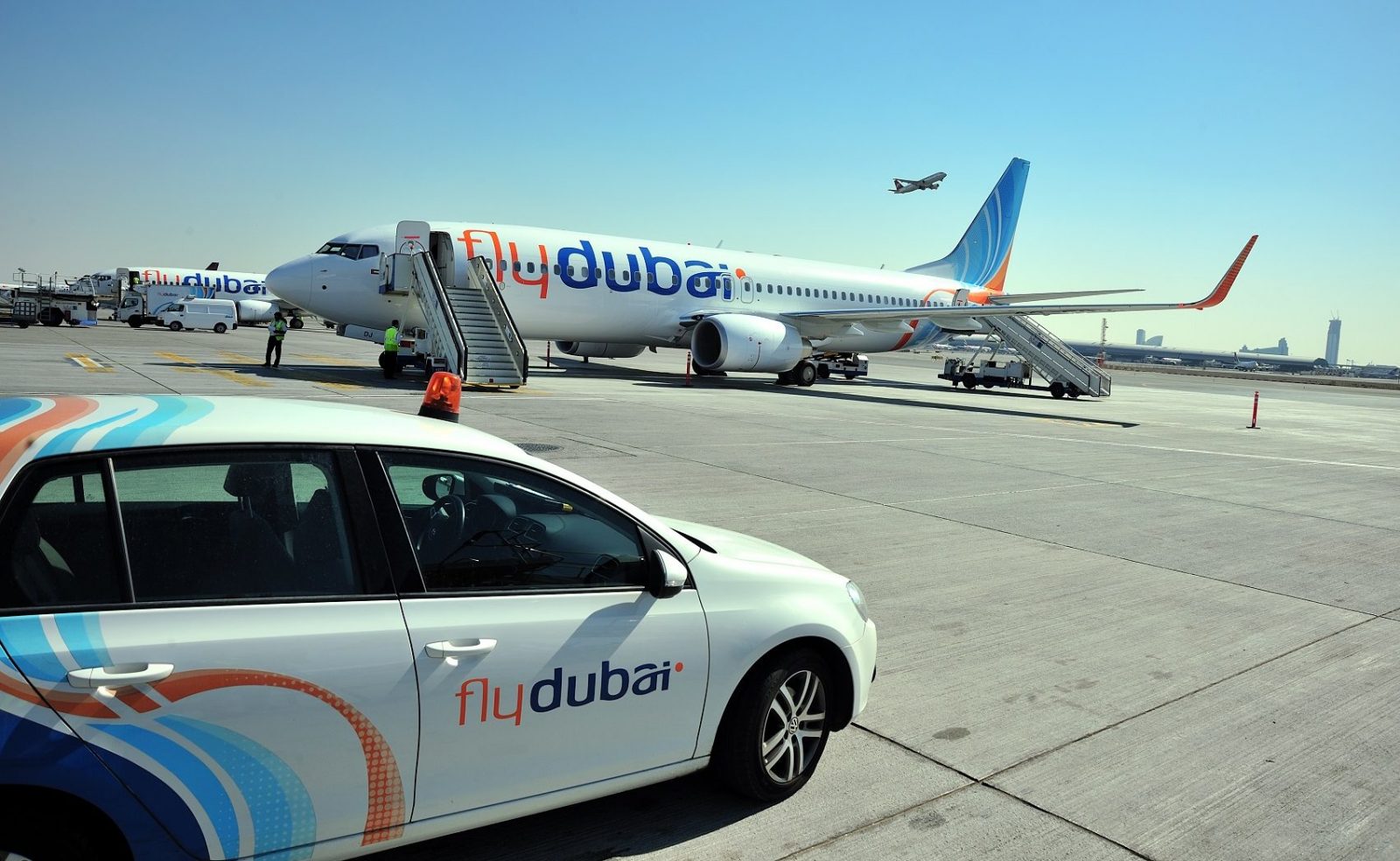
In the first 6-months of the year, flydubai welcomed nearly five and a half million passengers onboard its aircraft – that’s over 10% more than the same period in 2016. It’s a fantastic figure and just goes to show how rapidly flydubai is expanding. Already this year, flyduai has added routes to Sylhet, Batumi in Georgia, Qabala in Azerbaijan and Tivat in Montenegro.
Perhaps unsurprisngly, the airline’s revenue grew by almost the same amount to $689 million USD and the number of available seak kilometres increased by a similar figure – just shy of 8%. But flydubai’s latest financial figures aren’t a complete success story. The Dubai-based, low-cost carrier also revealed a $38.8 million loss for the first half of 2017.
So what’s going on? The airline has expanded its route network and it seems to be filling up its aircraft to match its expansion. In fact, flydubai has even improved its seat load factor (the number of passengers onboard an aircraft). The airline said the number of passengers carried per departure had gone up by over 13% compared to 2016. Why isn’t the carrier making a profit?
The problem it appears is that flydubai is only able to fill its aircraft because its selling tickets at a discount price. The airline is having to compete with low-cost rivals as well as full-service competitors who are doing everything they can to lure flydubai’s potential passengers away from them. flydubai described its tickets prices as being “determined by the market” but was quick to point out that its overall market share had grown overall.
Not that passenger revenue is the only reason flydubai has gone into the red. As a fast expanding airline, flydubai is significantly investing in the future. In the first 6-months of the year, flydubai took delivery of two Boeing 737 aircraft and six next generation 737MAX aircraft will be delivered to the airline by December.
The airline’s route expansion doesn’t come cheap either – and even more new routes are set to join the airline by December. Oh, and flydubai is even building a brand new headquarters on the Emirates Road which is set to open in 2019.
Yet despite the problems, Ghaith Al Ghaith, the airline’s chief executive remains confident about the future: “There remains much potential for flydubai as part of the UAE’s aviation hub and a key driver of the sustainable development of the trade and tourism industry.”
The carrier was unable to say what measures it’s taking to immediately improve passenger yield but last month, flydubai announced a major partnership with full-service sister airline, Emirates. Or as flydubai described it, a “codeshare agreement, schedule alignment and network optimisation” project.
The two airlines will be joining forces later this year – not as a merger but as an extensive partnership to integrate network collaboration and coordinate scheduling. It sounds complicated but it will essentially mean that both airlines will feed passengers onto each other’s aircraft while simultaenously saving money by sharing resources.
In the meantime, flydubai has said it generally does better in the second half of the year compared to the first. The airline now plans to “move ahead cautiously”, focusing on keeping costs low and improving its network. Al Ghaith declared that the airline’s long-term goal remained to establish itself “at the centre of the global travel industry.”
Mateusz Maszczynski honed his skills as an international flight attendant at the most prominent airline in the Middle East and has been flying ever since... most recently for a well known European airline. Matt is passionate about the aviation industry and has become an expert in passenger experience and human-centric stories. Always keeping an ear close to the ground, Matt's industry insights, analysis and news coverage is frequently relied upon by some of the biggest names in journalism.







